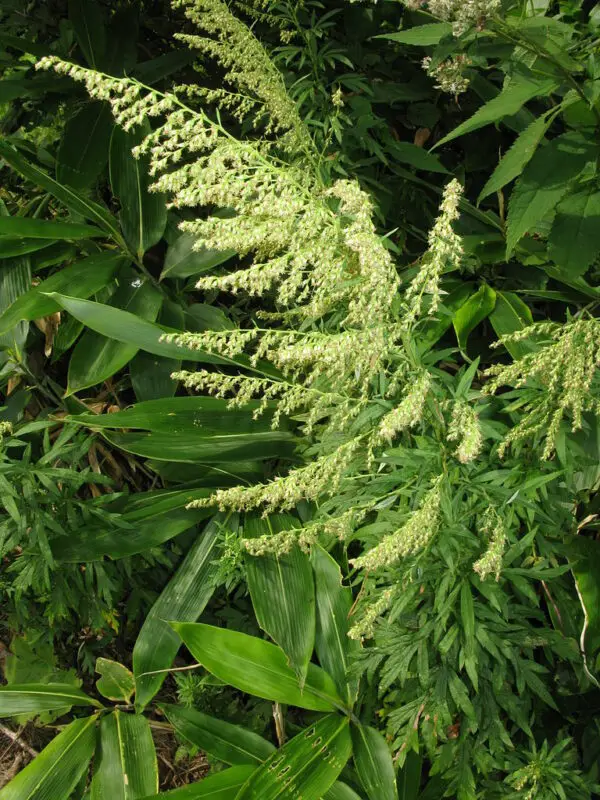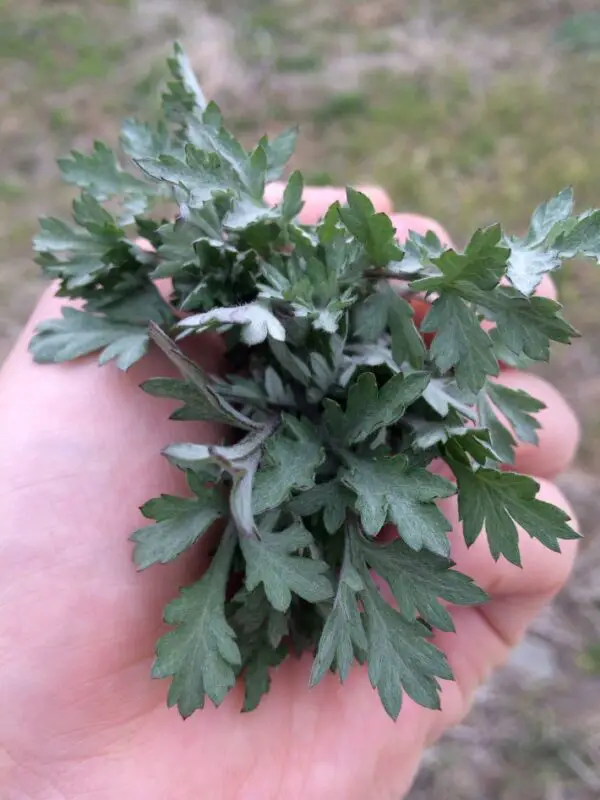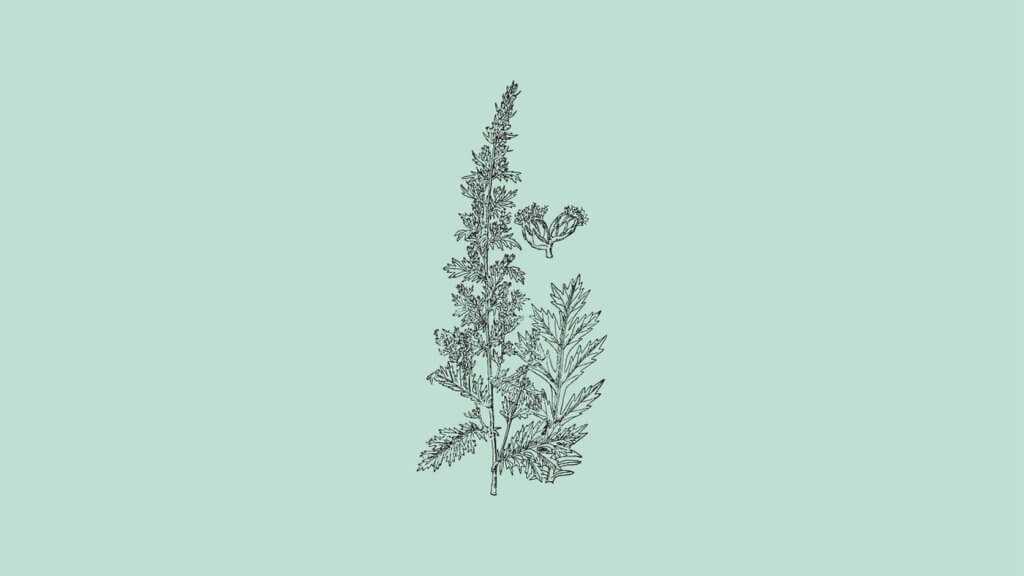Artemisia princeps (yomogi, Japanese mugwort) has a range of uses, the most popular being Japanese mugwort tea. Other well-known benefits include its function as an antioxidant and anti-inflammatory herb.
Artemisia Princeps: Plant Profile
Although Artemisia princeps is this herb’s scientific name, you may know it by several more of its synonyms, including:
- Yomogi (Japanese translation of scientific name)
- Korean wormwood
- Korean mugwort
- Japanese mugwort
The yomogi comes from the hugely varied Artemisia genus of between 200 and 400 plants belonging to the Asteraceae family. This family is known as the daisy family and is among the most prominent flowering plant families.
It is a hugely impressive perennial, growing up to 5 feet and spreading swiftly via underground stolons. This can make the Artemisia princeps invasive.
What Are You Foraging For Right Now?
We're thrilled to hear your ideas. What would you like to submit today? Feel free to share your thoughts and experiences with us.
How to Identify Japanese Mugwort
Japanese mugwort is easy to identify, especially from July to November. During this time, the Artemisia species sprouts small but buff-colored flowers.
These flowers are hermaphroditic and pollinated by the wind.
You’ll notice the leaves are light-green in color, scalloped, and feather-shaped. Check out the underside to see a dense, white fuzz.

Where does Artemisia Princeps Grow?
As an Asian plant species of the sunflower family, this medicinal herb is a native plant in China, Korea, and Japan.
In its native China, Korean wormwood is often found living amount forest margins, roadsides, riverbanks, and shrub land and slopes of between 100 and 1400m altitude.
To thrive, Artemisia princeps generally needs:
- A warm, sunny, dry position
- Well-drained circumneutral or slightly alkaline loamy soil
- Poor dry soil is better for hardier, longer-living plants mugwort
The yomogi can tolerate wetlands when established, as established plants are drought tolerant.
It is hardy and invasive, with a range that means it could probably thrive outdoors in many locations.
In Western Europe, you might find the local habitat of the yomogi as follows:
- Embankments
- Railway embankments
- Rough ground
- Roadsides
- Port areas of between 0 and 20m altitude

What is Japanese Mugwort used for?
Yomogi is a culinary and medicinal herb.
Edible uses
As a culinary herb, the Japanese mugwort has a range of popular uses. It is possible to eat this plant species raw or cooked.
This makes it a perfect aromatic herb in many dishes. Try adding the young stems to salads. Or, why not cook the shoots like a vegetable in;
- Stews
- Soups
- Stuffing for meat dishes
Better yet, infuse the leaves in tea for a nutrient-packed Asian drink.
What is Artemisia Princeps Extract?
It is a popular addition to cosmetics, with many beauty products containing APE, including:
- Body creams
- Skin lotions
- Shampoos
Medicinal Uses
APE is regularly added to cosmetics to improve itching, dryness, erythema, and desquamation in patients with atopic dermatitis.
Moreover, this plant species is used to treat:
- Dermatitis
- Digestion
- Circulatory disorders
- Inflammation
- Diarrhea
- Carbuncles
- Bacterial infection
- Hepatic encephalopathy (a nervous system disorder)
Many studies have demonstrated the anti-atherosclerotic, anti-inflammatory, and antioxidant effects of the yomogi.
Other ways to use the yomogi for medicinal purposes come through moxibustion, a therapy derived from Chinese medicine.
Moxibustion involves burning mugwort leaves close to the skin, using a stick to apply heat, and enhancing healing with acupuncture.
This traditional medical practice is frequent in:
- Korea
- China
- Tibet
- Nepal
- Mongolia
- Vietnam
Can you grow Artemisia in your Garden?
The Artemisias genus is low maintenance, with the A. princeps species no exception. As long as your garden meets the requirements that let Artemisia princeps thrive, there’s no reason you can’t grow it in your garden.
Plant your Artemisia princeps in:
- Full sun
- Soil that’s dry to medium moisture
- Well-draining soil
The Artemisia princeps variety is top of the list for tolerating drought and dry soil conditions. It is excellent if your garden is located in that area.
Other than ensuring your Korean wormwood is planted in the best location, there isn’t much more to taking care of this plant species.
The yomogi even fights off its insects. It’s cedar-leaf and sage style; the powerful sage-like scent acts as immunization to common insect pests.
Many species of the Artemisia genus have this powerful scent, such as the Artemisia argyi and Artemisia vulgaris.
Now you know what you need to find and grow yomogi yourself. Hopefully, you’ll be making Japanese mugwort tea in no time.
Getting into the great, wet outdoors in search of edible plants, herbs, fruits and fungi is one of Sarah’s favorite outdoor pursuits. She thinks there’s nothing better than combining her passion for hiking with the start of the foraging season. Sarah’s definitely not afraid of a little rain and dirt, it’s all part of the fun.

